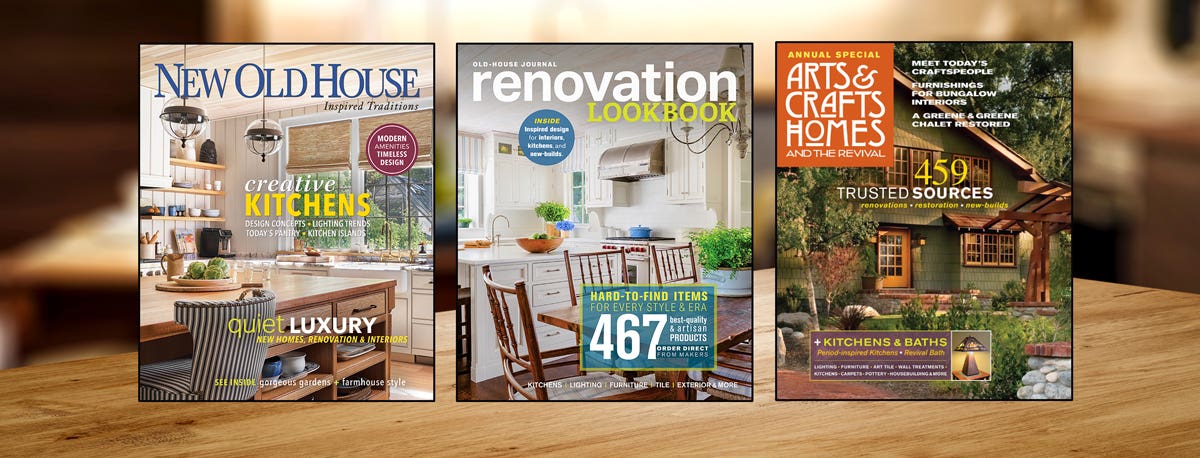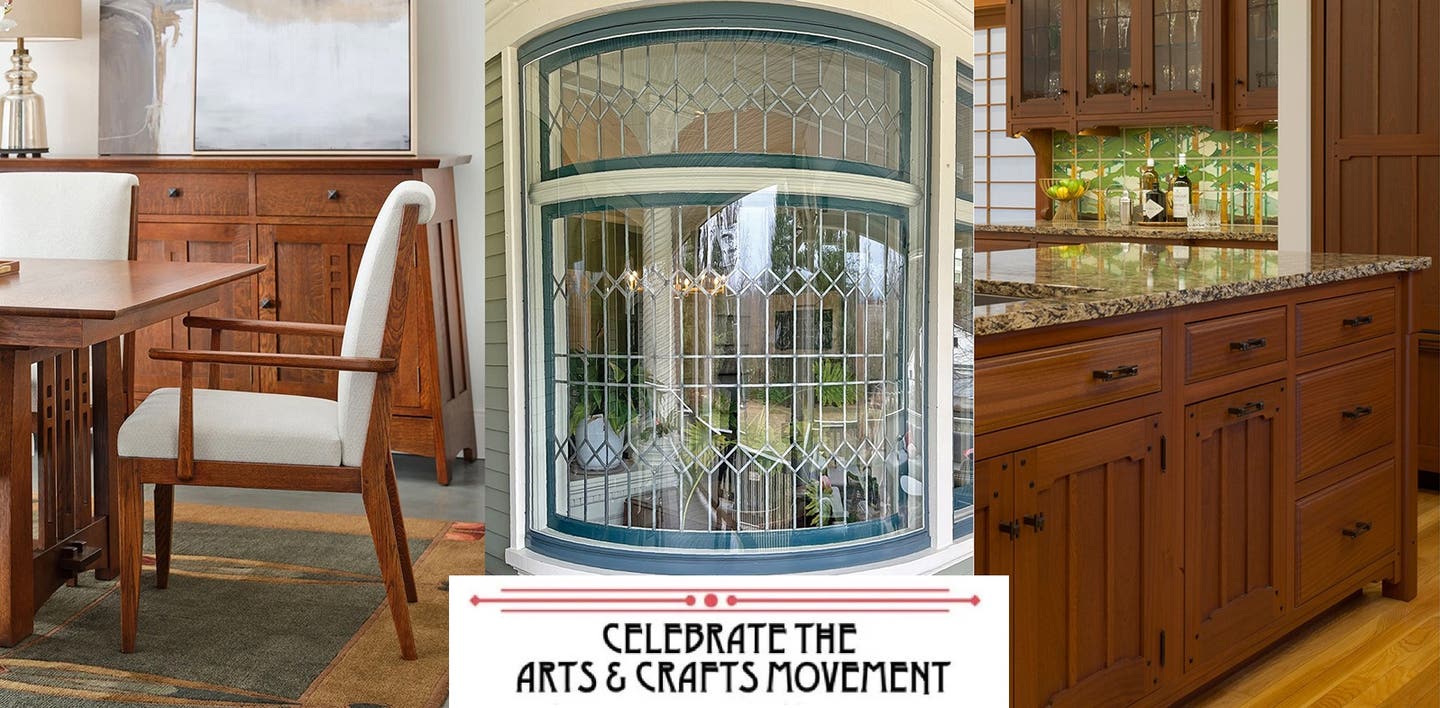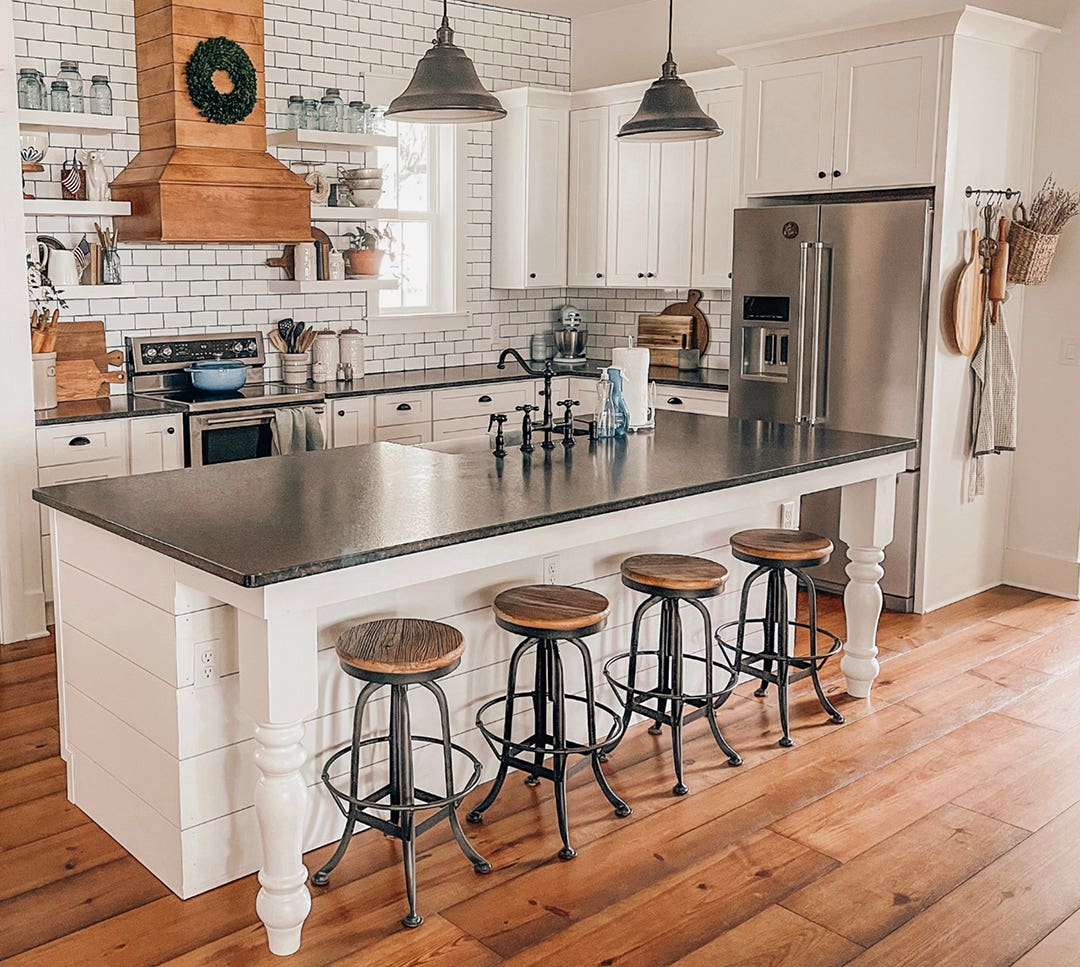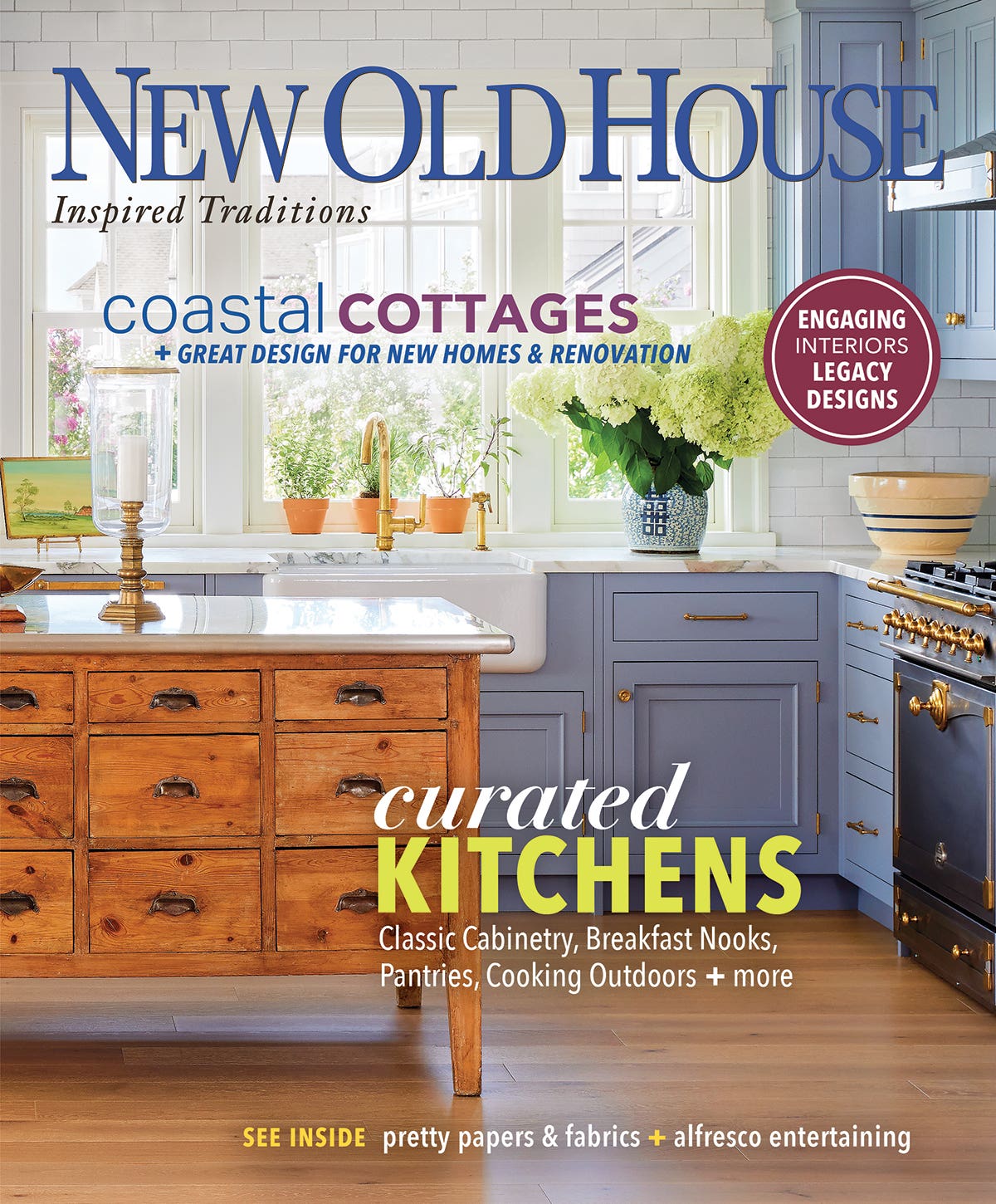Never a dull moment (nor expression) when it comes to Arts & Crafts eras and their revivals. One after the other, I edited two of the upfront features in this issue, and had to chuckle at their apparent contradiction. We extoll the virtues of simplicity when advising on curtains and drapery: gone were the lambrequins and velvets of Victoriana, replaced by roller shades and muslin. The bathroom, now, that’s another story!
Sanitary white bathrooms and exposed plumbing, the result of a late 19th-century preoccupation with germs and vermin, were swept aside in favor of a riot of affordable color in tile and fixtures, especially in California and the Southwest. I compared photos of original color-tile bathrooms to more recent revival examples. Surprisingly, it is the originals that go over the top, straining our postmodern limits on tastefulness. Patterns were exotic, palettes eye-popping: teal and chartreuse, candy pink with mint green, cobalt with orange. Whwen they rely on color and pattern at all, today’s bath designs are more decorous. Subway tile may have an ornamental border; a wainscot or floor is tiled in a strong earthy color. Very polite.
Colorful bathrooms ca. 1920–40 were not, of course, specifically “Arts & Crafts,” though they could be found in bungalows. The trend had two sparks: a revival of Hispano–Moresque tilemaking during an ongoing Spanish Colonial Revival, and the influence of Art Deco on home design, especially in kitchens and bathrooms. A similar kind of cross-pollination is happening today, as the revival of Arts & Crafts quite naturally intersects with sustainable practices and universal design in architecture.
Change and refinement: they are what make any revival interesting. Having chosen a bungalow or foursquare to restore, we almost always make it “purer” and undoubtedly prettier than it was when it was built. That’s one kind of refinement. Another happens when we create something entirely new—a house or a technology—with understanding and respect for the past. I relish the new interpretations.
Patricia Poore is Editor-in-chief of Old House Journal and Arts & Crafts Homes, as well as editorial director at Active Interest Media’s Home Group, overseeing New Old House, Traditional Building, and special-interest publications.
Poore joined Old House Journal when it was a Brooklyn-brownstoner newsletter in the late 1970s. She became owner and publisher and, except for the years 2002–2013, has been its editor. Poore founded the magazines Old-House Interiors (1995–2013) and Early Homes (2004–2017); their content is now available online and folded into Old-House Journal’s wider coverage. Poore also created GARBAGE magazine (1989–1994), the first unaffiliated environmental consumer magazine.
Poore has participated, hands-on, in several restorations, including her own homes: a 1911 brownstone in Park Slope, Brooklyn, and a 1904 Tudor–Shingle Style house in Gloucester, Massachusetts, where she brought up her boys and their wonderful dogs.







